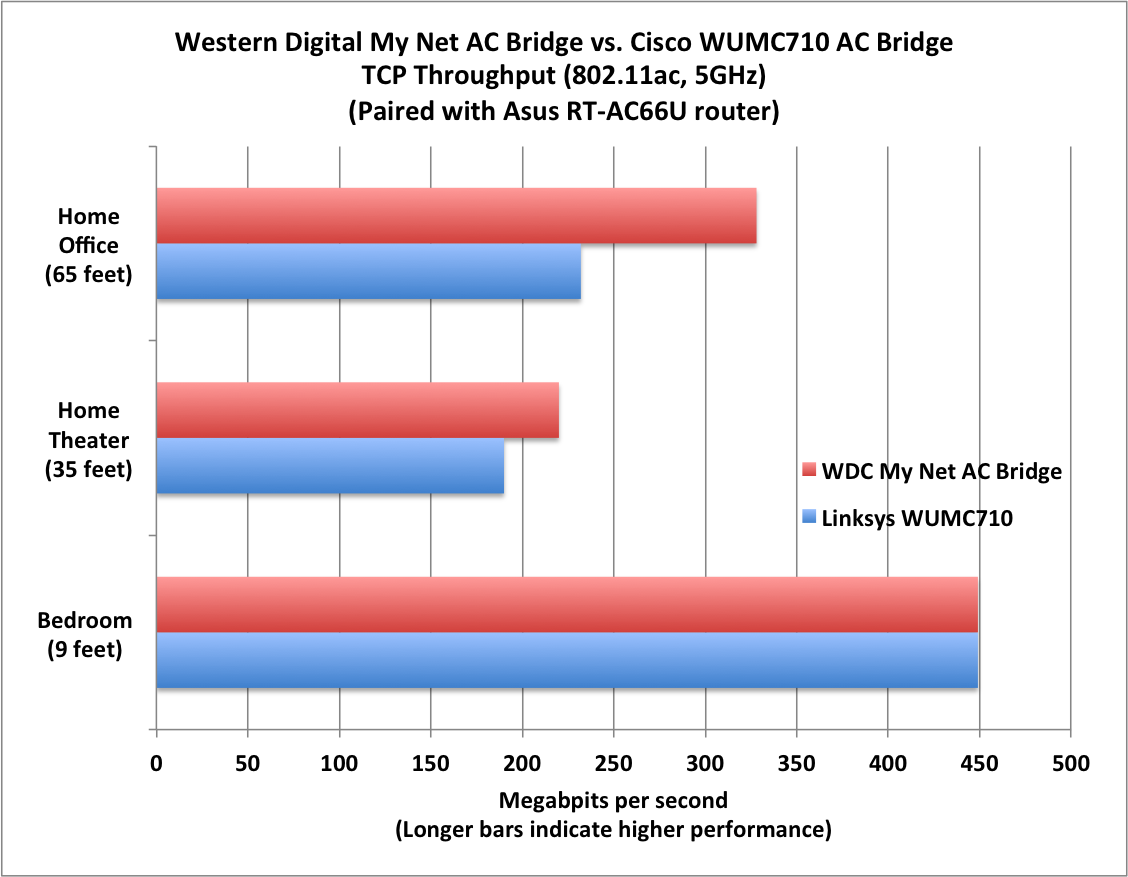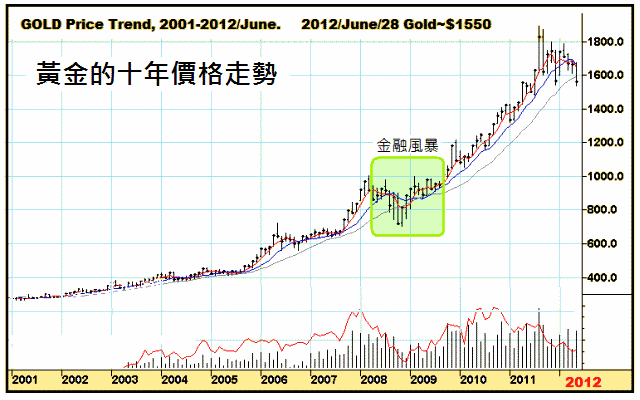To listen to some mobile industry executives and investors tell it, you would think the smartphone revolution was just beginning.
In the United States, however--one of the more mature smartphone markets--we're actually already entering the later innings.
Specifically, smartphone penetration in the U.S. has reached the point where market growth will begin to slow rapidly. And in a few more years, the U.S. market will be almost fully penetrated. 具體而言,在美國的智能手機普及率已經達到那市場的快速增長將開始放緩的地步。而在未來幾年中,美國市場將幾乎完全滲透。
The maturing of the U.S. smartphone market, combined with the less-attractive financial demographics of future new users (most affluent Americans already have a smartphone), mean that the growth rate of the U.S. smartphone ecosystem--gadgets, apps, ads, mobile commerce, and mobile web usage--will also likely slow over the next few years.
Executives and investors who still regard the U.S. smartphone revolution as being in its early stages, therefore, should take heed. The U.S. Smartphone Market Is Already More Than Halfway Penetrated
Recent data suggest that the U.S. smartphone market is already more than halfway penetrated. This is important, because the growth rate of most technology markets tends to slow rapidly once the halfway point has been reached. 最近的數據表明,在美國智能手機市場已經滲透超過一半。這是很重要的,因為,當一半中間點市場已達到時,大多數技術市場的增長速度趨於緩慢的。
Let's put some numbers on this.
There are approximately 310 million people in the United States.
- Of these people, approximately 250 million are over the age of 14.
- According to Comscore, about 235 million of these Americans use mobile devices. 根據Comscore的調查,約235萬美元,這些美國人使用移動設備.
- It seems likely that almost all of these folks will eventually have smartphones. 這很可能是幾乎所有這些人最終將擁有智能手機。
- This creates a "total addressable market" for smartphones of about 225 million people in the U.S. 這將創建一個“總共可達成的市場”,約225萬人在美國智能手機
- Several recent data points suggest that this market opportunity is at least halfway penetrated.
- Comscore says 114 million Americans used smartphones in July, 2012. Comscore的調查說,有1.14億美國人使用智能手機在7月,2012年.
Flurry reports that there are at least 165 million active Android and Apple iOS devices in the U.S. and that they are used by 78% of the adult population (age 15-64).Nielsen reported that two-thirds of of handsets sold in Q2 2012 were smartphones and that the market is now 55% penetrated (see chart below)
The vast majority of the primary smartphone market, U.S. adults between 18-54, already have smartphones. The demographics of those who don't yet have smartphones, meanwhile, are older Americans and those who make less than $50,000 per year.No matter which of these numbers you use, the conclusion is that the U.S. smartphone market is now more than 50% penetrated.
So if the U.S. smartphone market is already more than 50% penetrated, what does this mean for the future growth of U.S. smartphone sales--as well as app sales, advertising sales, game sales, and all the other sales that depend on smartphone growth?
How about the rest of the world?
The good news for those banking on a global smartphone revolution is that the U.S. is one of the world's more mature smartphone markets. There are an estimated 6 billion mobile handsets in the world, and only about 1/5th of them are smartphones. Over the next several years, most of these handsets will be replaced by smartphones. 全球智能手機革命的好消息是,美國是世界上比較成熟的智能手機市場。估計有60億的手機在世界上,只有約五分之一的智能手機。在未來的幾年中,這些手機將被智能手機取代。
In terms of the developed world, U.S. smartphone penetration is in the middle of the pack. (These numbers are from Flurry Analytics, which shows higher smartphone penetration in the U.S. than Comscore does.)
Some of the world's biggest markets, however--China, India, and Brazil, for example--are still less penetrated. These are poorer countries than the first-world countries above, but they should still see explosive growth in the years ahead. 一些世界上最大的市場,但是 - 例如中國,印度,巴西, - 仍然是滲透率較低。這些貧窮國家的比上述第一世界國家,但他們仍然應該看到在未來幾年的爆炸式增長。
So, globally, the smartphone market still appears to be in the "early majority" phase. And the number of new smartphone users will likely continue to increase each year for at least a couple of more years. 因此,在全球範圍內,智能手機市場仍出現在“早期”的階段。新的智能手機用戶的數量可能會繼續增加,每年至少2~3年以上。
Qualcomm: A Hand in Everything
Qualcomm (NASDAQ: QCOM) has a lot of potential as a long-term tech play, as it has solidified its position in the epicenter of the smartphone and tablet industries. The wireless chip manufacturer and patent licensor has recently shattered analysts' earning expectations, earning $1.45 Billion for the quarter on $3.88 Billion of revenue. The company is projecting revenue to be an impressive $14.7 Billion for 2011 and has a positive outlook for 2012. Qualcomm’s stock is up 28% this year to $58.10 per share and expect it to continue rising given the company’s wireless chip market share coupled with steady growth in the smartphone and tablet industries.
Smartphone sales are expected to surpass PC sales in 2011. Combine that with the explosive growth of the tablet market and the company’s potential seems limitless. Qualcomm’s chips are in over half of all Android phones, the Verizon iPhone and iPad 2, the new line of HTC smartphones, and will be in all Nokia-Windows Phone 7 smartphones among others. According to Craig Berger of FBR Capital Markets, Qualcomm will supply one-third of all cellular baseband modem chips in 2011.
Delving into Qualcomm’s fundamentals, the company has a Jamie Dimon “Fortress” balance sheet with over $22 Billion in cash and marketable securities and only $8.8 Billion in total liabilities. If that alone isn’t enough to comfort investors, the firm increased its quarterly dividend to $0.21 and is continuing its share buyback program. Qualcomm has also been acquiring companies to diversify and vertically integrate—most recently, Qualcomm acquired Atheros Communications Inc. for $3.2 Billion to expand their WiFi presence in early 2011.
Qualcomm has also been gaining traction in the Asian markets, as there are now over 100 million CMDA subscribers in India and China. Earlier this year, India released ten new smartphones utilizing Qualcomm’s Snapdragon chipsets.
It is important to acknowledge that the current state of Japan poses a risk to the firm as the country is a major manufacturer of electronic components. That being said, the uncertainty of Qualcomm’s suppliers in Japan has been accounted for in the firms’ 2011 forecast. The head of Qualcomm’s chipset business feels the situation in Japan won’t significantly affect Qualcomm’s ability to meet consumers’ demands.
Qualcomm even released a free augmented reality (AR) development platform for Android smartphones– a category of applications that this blog frequently covers. Why would Qualcomm offer a free augmented reality development platform? Well, aside from promoting and encouraging innovation, running these cutting edge applications requires a great deal of processing power, and Qualcomm’s chip sets are no tortoise.
All in all, Qualcomm has its finger on the pulse of the smartphone/tablet market, and, through its extensive patent portfolio, has woven itself into the threads of the industry. I expect Qualcomm to continue to outperform the market as we have only scratched the surface of the mobile computing revolution, so keep your eye on QCOM as the industry evolves.
智慧型手機銷量 去年狂飆
(中央社華盛頓25日法新電)最新調查顯示,全球智慧型手機銷量在2012年狂飆,成為整體手機市場大宗。國際數據資訊(IDC)報告指數,去年智慧型手機銷售成長44%,共售出7億1200萬支,占所有手機出貨量的45.5%。
其餘手機市場表現平平,顯示消費者淘汰舊手機,改換智慧型手機。全球手機市場只成長1.2%,賣出17億支。
IDC說,南韓三星電子公司(Samsung)主導智慧型手機以及整體手機市場。三星吃下智慧型手機29%的市占率,超過蘋果公司(Apple)的21.8%。在整體手機市場方面,三星占23%,諾基亞公司(Nokia Corp.)則是17.9%。
IDC也說,智慧型手機銷量飆高的原因,有一大部分來自中國大陸製造商華為與中興通訊。由於新興市場成長,使得華為和中興通訊擠進銷量前段班。
華為銷量占智慧型手機市場4.9%,排名第3;中興通訊以4.3%排名第5,落後日本索尼(Sony)的4.5%。IDC分析師亞馬斯(Ramon Llamas)說:「看到華為和中興通訊擠進前5,代表全球市場發生明顯轉變。」
策略分析公司(Strategy Analytics)表示,他們進行的調查也顯示,全球智慧型手機出貨量增加43%,達到7億支。三星市占率超過30%。
報告顯示,2012年售出的16億手機中,智慧型手機幾乎占半數。若以整體手機市場來看,只成長了2%。
2012年4Q手機出貨排名
根據調研機構IDC最新報告指出,2012年第4季受聖誕購物旺季期間需求強勁推動下,全球智慧型手機出貨達2.19億支,佔整體手機出貨量的45.5%,創下歷來最高比重,與功能型手機幾乎分佔半壁江山;若與2011年同期的1.61億支相比,2012年第4季全球智慧型手機出貨量大幅成長36.4%之多。
其中,三星電子(Samsung Electronics)共拿下29.1%g市佔率,穩居全球智慧型手機第1品牌,蘋果則拿下21.8%市佔緊追其後,加總前兩大品牌廠便拿下了超過一半以上的市場大餅;其後,華為、索尼行動通訊(Sony Mobile Communications)、中興通訊,則分別以4.9%、4.5%、4.3%市佔率,分居智慧型手機出貨第3到第5大品牌。值得注意的是,隨著大陸本土品牌商華為、中興通訊雙雙擠進前5大智慧型手機品牌之列,顯示全球中低價智慧型手機趨勢成形。
Ericsson Mobility Report Shows Rapid Smartphone Uptake and Doubling of Mobile Data Traffic
- Approximately 40 percent of all phones sold in Q3 2012 were smartphones and the growth of smartphone data traffic is expected to exceed the overall average . 2012年第3季度銷售的所有手機中,大約有40%的智能手機和智能手機數據流量的增長預計將超過整體平均成長。
- Mobile data traffic doubled between Q3 2011 and Q3 2012, and is expected to grow 12 times between 2012 and 2018, driven mainly by video. 移動數據流量在2011年第三季度和2012年第三季度增加了一倍,並預計將增長12倍,在2012年和2018年之間,主要由視訊服務所驅動。
- Total mobile subscriptions are expected to reach 6.6 billion in 2012 and 9.3 billion in 2018. 移動電話用戶總數預計在2018年達到66億,2012年將為93億.
- There were an additional 13 million LTE subscriptions in Q3 2012, and numbers are predicted to reach 1.6 billion by 2018. 2012年第3季度有將近的1300萬LTE用戶和到2018年,預計將達到16億用戶。
Ericsson's research shows that online video is the biggest contributor to mobile traffic volumes, constituting 25 percent of total smartphone traffic and 40 percent of total tablet traffic. This puts new requirements on networks to cater for quality anywhere and anytime.
Douglas Gilstrap, Senior Vice President and Head of Strategy at Ericsson, says: "Expectations of mobile-network quality have been elevated by the availability of smartphones and tablets that have changed the way we use the internet. Mobility is becoming an increasingly significant part of our daily lives; we always have devices within arm's reach, allowing us instant access to information, entertainment and social interaction."
Total mobile subscriptions are expected to reach 6.6 billion by the end of 2012 and 9.3 billion by the end of 2018. These figures do not include machine-to-machine (M2M) subscriptions. China alone accounted for about 35 percent of net additions during Q3, with about 40 million additional subscriptions. Brazil (9 million), Indonesia (7 million), and the Philippines (5 million) followed in terms of net additions. Overall, global mobile penetration reached 91 percent in Q3 2012, and mobile subscriptions now total around 6.4 billion. Mobile subscriptions have grown by around 9 percent year-on-year and 2 percent quarter-on-quarter.
By mid-2012, LTE coverage was provided for an estimated 455 million people globally. Within five years, more than half the world's population is expected to benefit from to LTE coverage.
LTE is the fastest-developing system in the history of mobile communications in terms of buildout and uptake. LTE is currently being deployed and built out in all regions, and total subscriptions will increase from around 55 million at the end of 2012 to an estimated 1.6 billion in 2018. WCDMA/HSPA networks currently provide coverage to more than half the world's population and continue to grow faster than LTE in terms of absolute numbers, adding 65 million subscriptions in Q3 2012 compared with 13 million for LTE.
分析
- 智慧型手機在已開發國家進入成熟市場,新興國家進入成長市場,未來低價高功能智慧型手機將是主流,成熟市場轉入大螢幕高功能智慧型手機替代;
- 再幾年,全球智慧型手機都將進入成熟市場,策略很重要;
- Qualcomm 加速 LTE 及平板晶片是對的策略,致少要比 Intel 及其他晶片公司速度快才能贏;
- Apple Inc., 顯然沒有抓住大螢幕高功能智慧型手機、及低價高功能智慧型手機這兩個主成長方塊,讓 Samsung、華為、ZTE 搶走市場;
- 台廠智慧型手機應該是走大尺寸屏幕介於 Tablet 及 Smart Phone 區塊會較佳,這區塊稱 Phablet ,也是所有 NB 品牌廠較能著墨的,行銷上不能只是降價競爭。
























